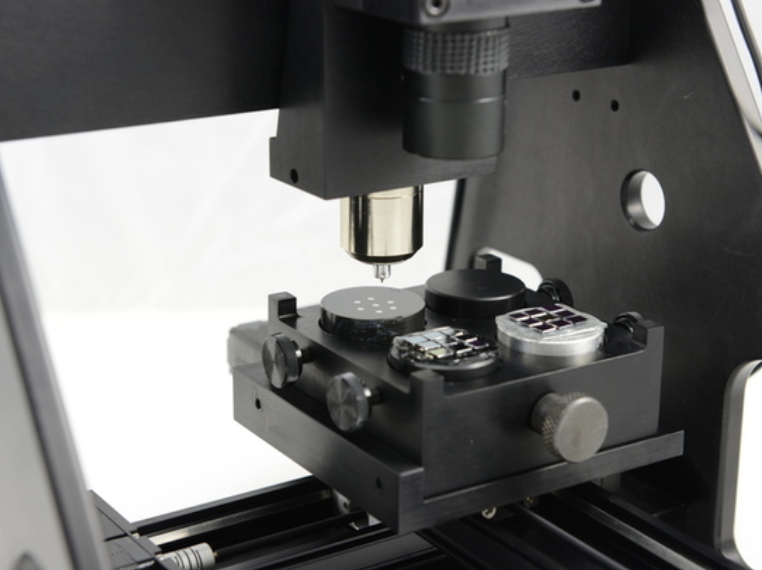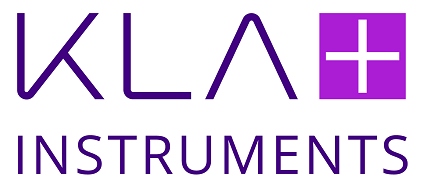In this interview, KLA's Bryan Crawford discusses the many challenges and opportunities of the nanoindentation field, and its recent applications.
Can you explain what nanoindentation is?
Nanoindentation at its foundation is probing the surface of a material system, trying to understand its response and how it accommodates stress. During indentation, materials can accommodate stress in many different ways; through plasticity, elastic deformation, and fracturing.
All these failure mechanisms or defamation mechanisms in these material systems are captured by the nanoindenter.
What are some of the more recent application fields of nanoindentation?
Nanoindentation has really grown out of research and development labs and universities. More recently, it has seen a lot of adoption in industry settings.
This is primarily due to the workflows and ease of use that we have integrated into the systems and because it has so many applications in different industry settings to improve productization and processing optimization.
The most recent fields with tremendous growth in nanoindentation are high-tech industries that use semiconductors. For semiconductors specifically, we are looking at the mechanical properties of thin films and adhesion analysis for optimization and improvement of buffer layers.
What separates KLA Instruments' nanoindenters from the other solutions available on the market?
For KLA Instruments specifically, what separates us is our core technology. For the nanoindenters, our core technology uses electromagnetic actuation and a three-parallel plate capacitor for measuring displacement. These combined allow us to optimize the measurement of both load and displacement.
These are fundamental measurements for nanoindentation.
KLA Instruments has always excelled in actuator technology, but we now take this a step further as we are developing new workflows to make this measurement easy for our customers. We have the best techniques on the market, including dynamic nanoindentation and unique analysis software.
KLA Instruments nanoindentation tools are designed for both industry and research universities. Why was it important to develop a diverse range of products that could fit in small R&D labs and also into industry settings?
The nanoindenter at KLA Instruments was designed specifically for both academic and industry use because the capabilities required in the R&D lab, and in that research environment, translate easiest if you can also develop workflows around them to get into industry.
When you are making developments in the lab, the tests have to naturally transition to the industry floor through defined workflows so that the techniques can continue to optimize and improve processes and products on a larger scale.
What kind of support can universities expect from KLA Instruments?
The great thing about KLA Instruments is our support network. We support large customers, from semiconductor fabrication plants to bench-top customers in universities. Universities can expect distribution networks, services, and timely responses from our service personnel when they have an issue.
Not only are we looking at service issues, but we are also looking at application support. KLA is one of the most advanced technology companies, and we are supporting semiconductor customers to measure length scales that have never been considered previously.
Our support network is set up for advanced manufacturing and advanced processing. Through that same support network, we enable all of our customers to continue to make new discoveries and novel materials on the bench-top and in university labs.

Image credit: KLA Instruments
Some of your products feature advanced software like the InView software. Why is it important to invest in sophisticated software, and how can this benefit the product's overall effectiveness?
The software for the KLA nanoindenters is truly the best software on the market. It empowers users to script novel test recipes and novel experiments.
In the InView Method Editor, our users can make their own loading algorithms. They can script their own test protocols to mimic the responses, stresses, and processes that occur on their samples and materials. This mimicking takes place in a controlled lab environment so that they can improve and optimize these materials.
How can we get a product demo?
Getting a product demo is as easy as contacting the sales team and working with our application engineers to help them to understand your applications. This enables us to provide the types of demos that will be of the most interest to allow you to make product decisions and quickly integrate this type of measurement analysis into your labs.
Watch the full interview here
About the speaker

Bryan Crawford is the KLA Instruments Nano Indenter® Product Marketing Manager and has worked in the nanoindentation industry for over 15 years with past roles as Applications Engineer, Director of Analytical Services and Sales Engineer. He has degrees in mathematics, mechanical engineering, and enterprise risk management. Bryan has authored and co-authored multiple publications covering nanoindentation topics related to characterization of graphene, polymers, thin films, MEMS, battery, and metals – some with hundreds of citations. Bryan lives in Baltimore, MD with his wife and two daughters and when he is not working, he enjoys cooking, art, and sailing."

This information has been sourced, reviewed and adapted from materials provided by KLA Instruments™.
For more information on this source, please visit KLA Instruments™.
Disclaimer: The views expressed here are those of the interviewee and do not necessarily represent the views of AZoM.com Limited (T/A) AZoNetwork, the owner and operator of this website. This disclaimer forms part of the Terms and Conditions of use of this website.